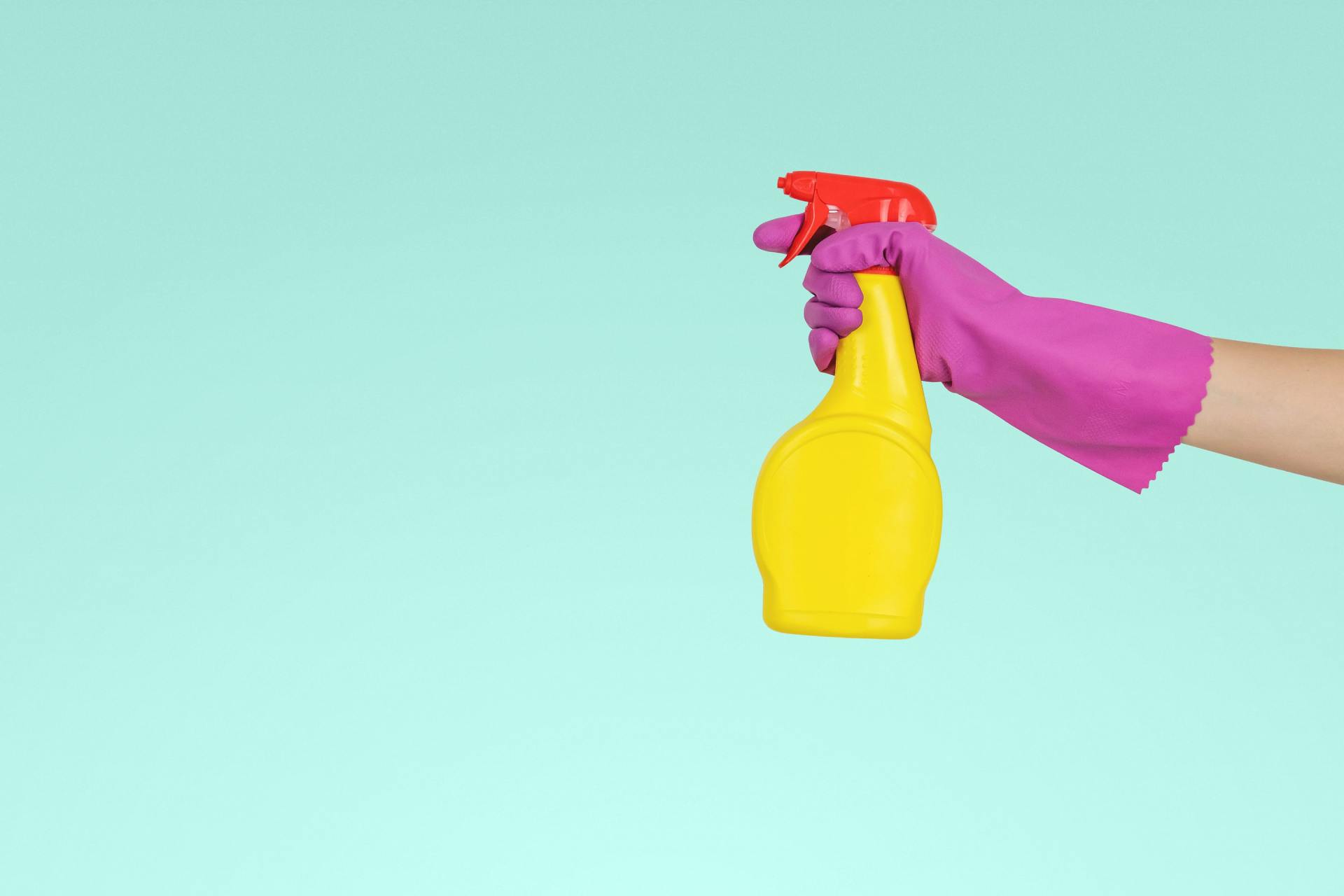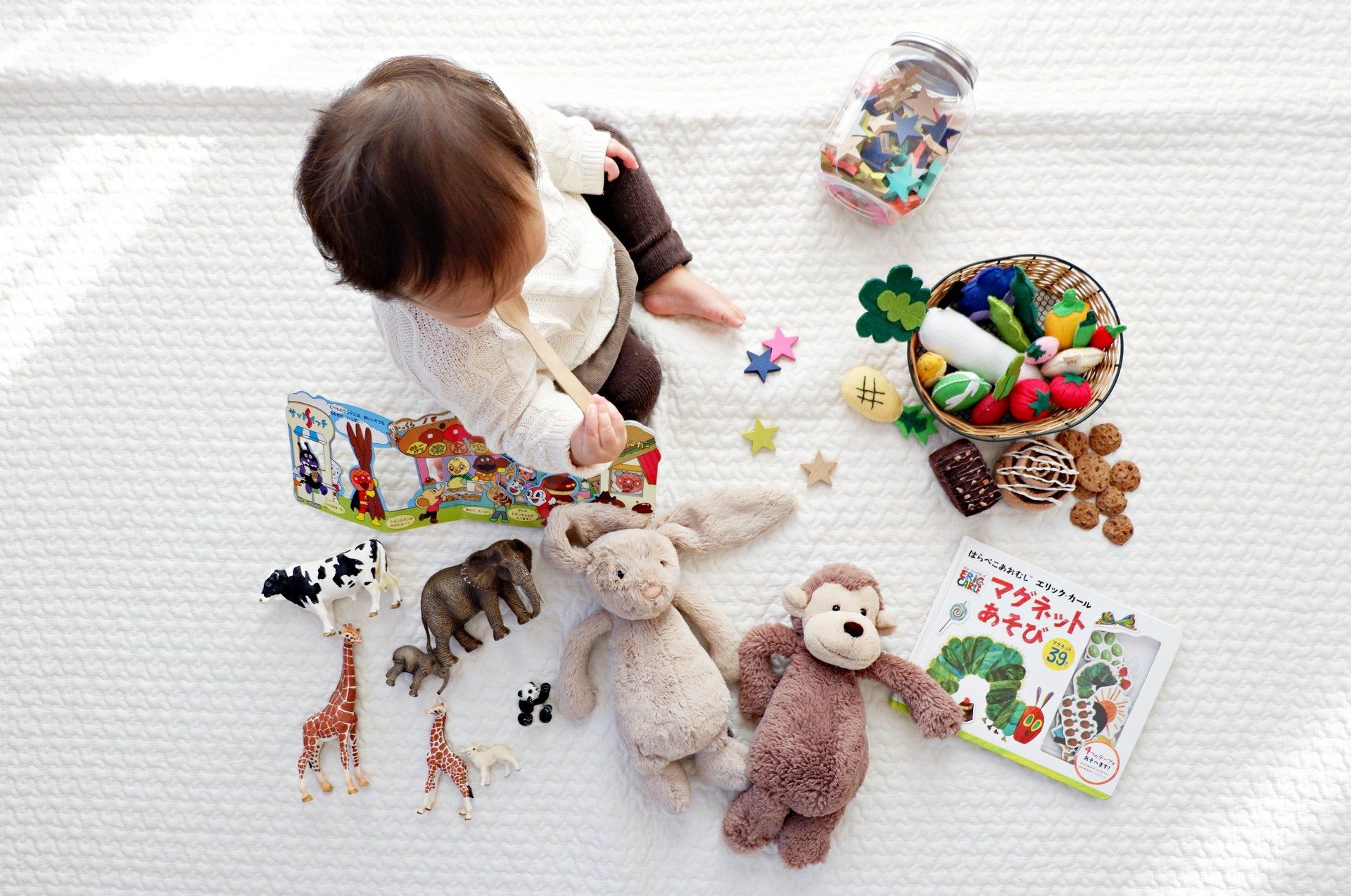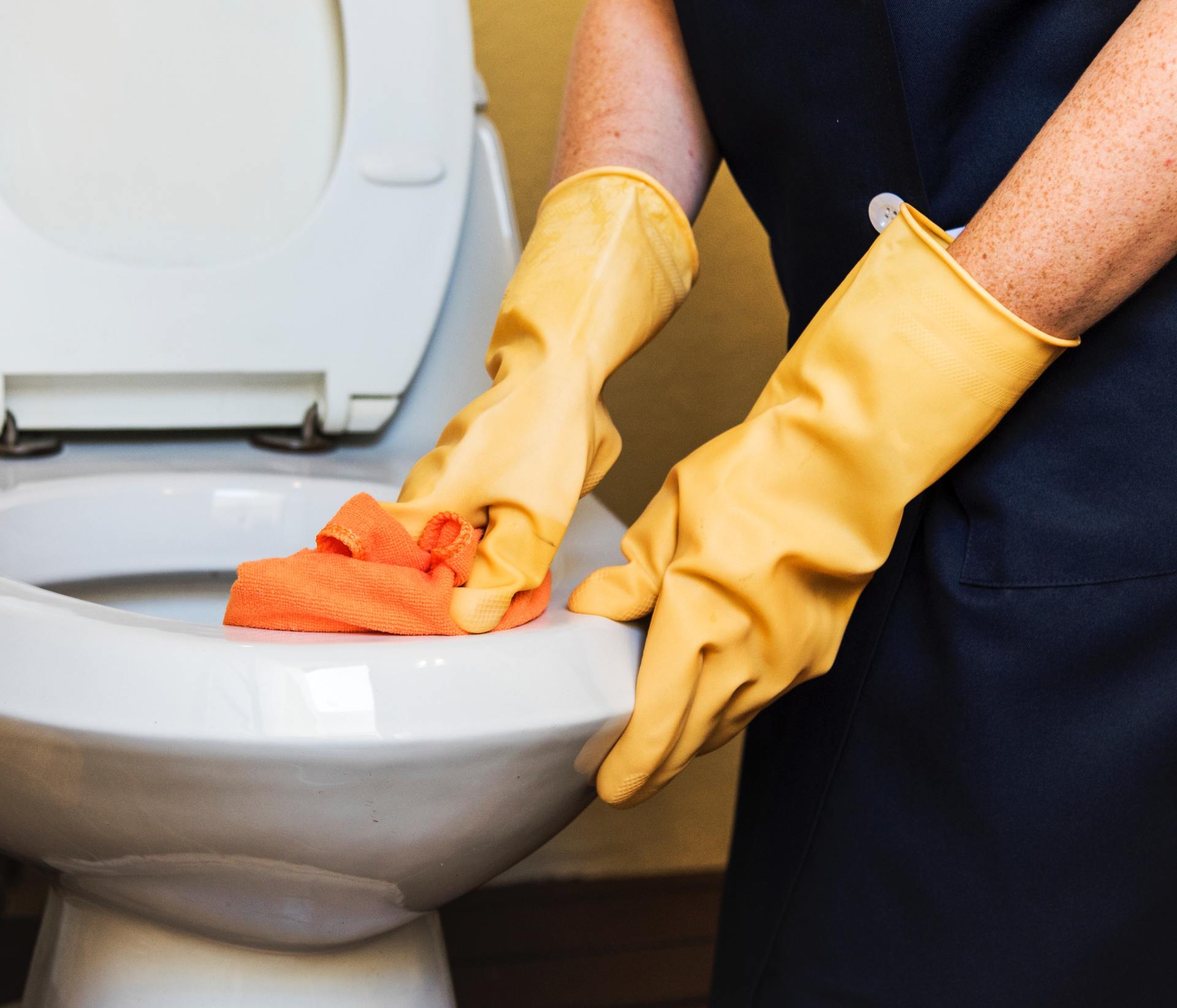IPM Training for Child Care Providers in 10 Modules
Blog Owner • December 1, 2018
Trainings
Webinars
On the Healthy Child Care Webinars page , you can view:
- Creating Healthy Indoor Environments in Child Care Settings
- Green Cleaning, Sanitizing, and Disinfecting: A Toolkit for Early Care and Education
- Integrated Pest Management in Child Care Centers: Protecting Our Children From Pests and Pesticides
- Small Steps to Improve Children's Environmental Health in Your Early Childhood Program: Common Practices to Keep Your Kids Safer
- Lead
- Protecting Children's Environmental Health Child Care Settings
Resources
Checklists and Tools
- Children's Environmental Health Network - Eco-Healthy Child Care Program Checklist
(
3 pp, 148 K, About PDF
)
- Spanish Version (PDF) (2 pp, 858 K, About PDF )
- Indiana Department of Environmental Management - 5 Star Environmental Recognition Program for Child Care Providers - Building Condition Checklist (PDF, 7 pgs)
- National Institutes of Health - How Asthma-friendly is Your Child-Care Setting? ( 2 pp, 98 K, About PDF )
- Pediatric/Adult Asthma Coalition - Creating an Asthma Treatment Plan
Other Resources
- American Academy of Pediatrics, Healthy Child Care America
- Child Care Aware of America
- Children's Environmental Health Network - Eco-Healthy Child Care
- National Association for the Education of Young Children
- National Association for Family Child Care
- National Resource Center for Health and Safety in Child Care and Early Education
- New York State - Department of Health - Lead Poisoning Prevention Curriculum for Preschool Children and their Parents
- Pedipress - Asthma Education for Childcare and Preschool Staff
- Respiratory Health Association - Asthma-friendly Child Care Training
- U.C. San Francisco - California Childcare Health Program
- U.S. Department of Health and Human Services, Administration for Children and Families, Office of Child Care and Office of Head Start/Early Childhood Learning and Knowledge Center

Comprehensive longitudinal studies are important for understanding the complex risk factors, pathways, exposures and interactions that lead to the development and persistence of asthma. We aimed to examine associations between use of household cleaning products in early life and childhood respiratory and allergic disease using data from the Canadian Healthy Infant Longitudinal Development (CHILD) Cohort Study

Fragrance affects us all. For some, it can enhance a moment, invoke a memory, or even improve a mood. As consumers, we seek it out in all kinds of products we use in our everyday lives. And for many of us, there’s a positive sensory experience associated with fragrance. But unfortunately, this may not be without consequence.

America's Children and the Environment (ACE)
America's Children and the Environment (ACE) is EPA's report presenting data on children's environmental health. ACE brings together information from a variety of sources to provide national indicators and related information on the environment and children's health.

Pesticide use in homes may increase the risk of children developing leukemia or lymphoma, a new report suggests.Researchers combined data from 16 earlier studies that had compared pesticide exposure between children who developed leukemia or lymphoma and those who did not. These studies estimated the level of insecticides and herbicides both inside the home and in the yard and outdoor residential space.









